AG08 WATER COLLECTION AND STORAGE
Include rainwater collection and storage systems in public spaces
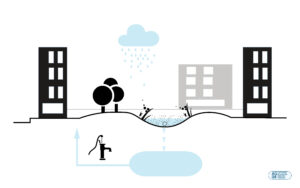
Aim
Incorporate rainwater harvesting elements both in new urbanizations and in renovations, for streets and other public spaces. The collected water is retained and stored, either to be infiltrated into the ground, accumulating in the subsoil, or to be transported to other places for re-use.
This will allow a shared management of water as a resource, allowing neighborhoods to participate directly in the construction and maintenance of local water supplies.
Why?
To mitigate the effects of climate change through design, moderating the rise in the temperature of the planet and the waste of energy and water resources.
They bring the following benefits:
– Improvement of the environmental comfort by regulating temperature and humidity.
– Reduction of the heat island effect due to the evaporation of water accumulated in the subsoil.
– Reduction of flooding due to torrential rains by increasing permeable surfaces.
– Integrate rainwater treatment into the urban landscape.
– Protect water quality by reducing the effects of diffuse pollution, reaching pollutant removal efficiencies close to 70% for hydrocarbons, 50% for phosphorus, more than 65% for nitrogen and more than 60% for heavy metals (Wilson, S. et al., 2004).
– Increase in available water resources, as the demand for drinking water supply decreases.
– Water self-sufficiency, using rainwater for non-consumptive uses (toilet cistern, washing machine, cleaning and watering the garden, etc.), reducing domestic consumption of drinking water and expenditure per dwelling.
– Improving sociability, adding new meeting places and community use.
Cómo?
The solution means to transform current rainwater collection, which seeks the quick evacuation of urban runoff using a system of impermeable surfaces and gutters connected to the sewers, into a network that collects the water from urban runoff. The two main strategies related to volume management are to increase the permeable area or divert runoff from impermeable surfaces to the green infrastructure system for storage.
Some of these solutions and strategies are:
01 PERMEABLE FILTERING PAVEMENTS
There are numerous types of permeable flooring that have been developed in file AG05. As a strategy for capturing and storing water, we are interested in those pavements that act as filters, but do not infiltrate the soil, but rather capture, retain in subsurface layers and take it to tanks for non-consumptive uses. They can collect 60% of the runoff.
02 EXTENSION OF CAPTING SURFACES
Redesign the evacuation of roof downspouts or impermeable elements annexed to the building (pergolas, canopies, etc.) in order to direct the volume of water towards the tanks.
03 COLLECTIVE TANKS
Closed structures where the water captured in the common spaces is stored. There are different designs with sizes according to the average precipitation of the area where they are located.
Some can improve water quality by means of filtration/depuration systems, or be implemented with a control of the filling start (the first 10 minutes of rain do not accumulate, cleaning the surface to capture contaminants).
They can be:
– Buried tanks for gravity capture and use by pumping.
– Surface layers
Can Cortada Urbanization, Barcelona Fuente: www.GreenBlueManagement.com

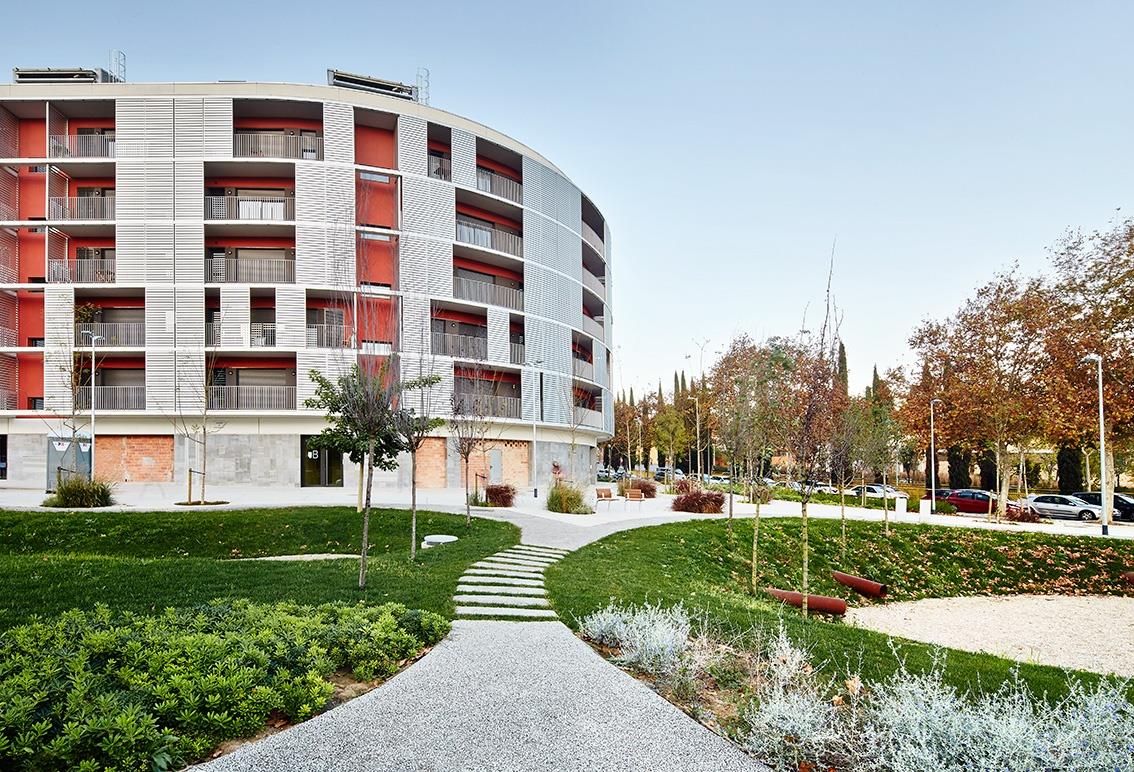
Georgetown University’s Pedro Arrupe, S.J. Hall, 2016.
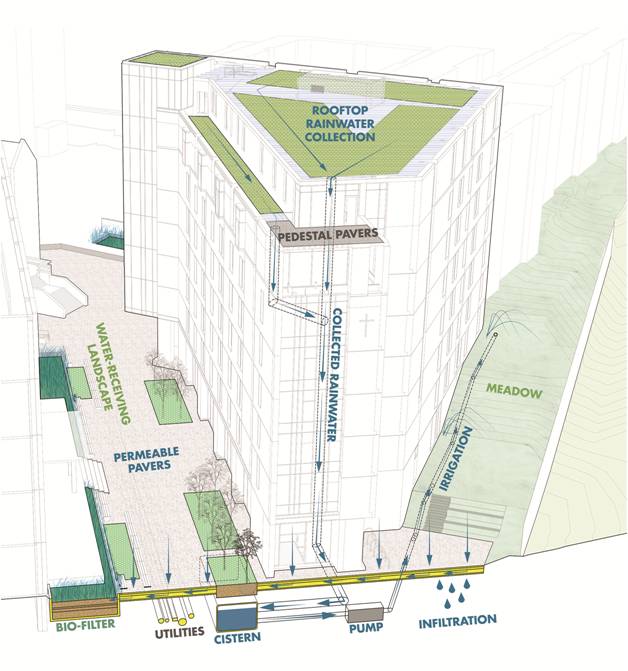
Canal Park, Washington, District of Columbia Fuente: https://www.landscapeperformance.org/case-study-briefs/canal-park
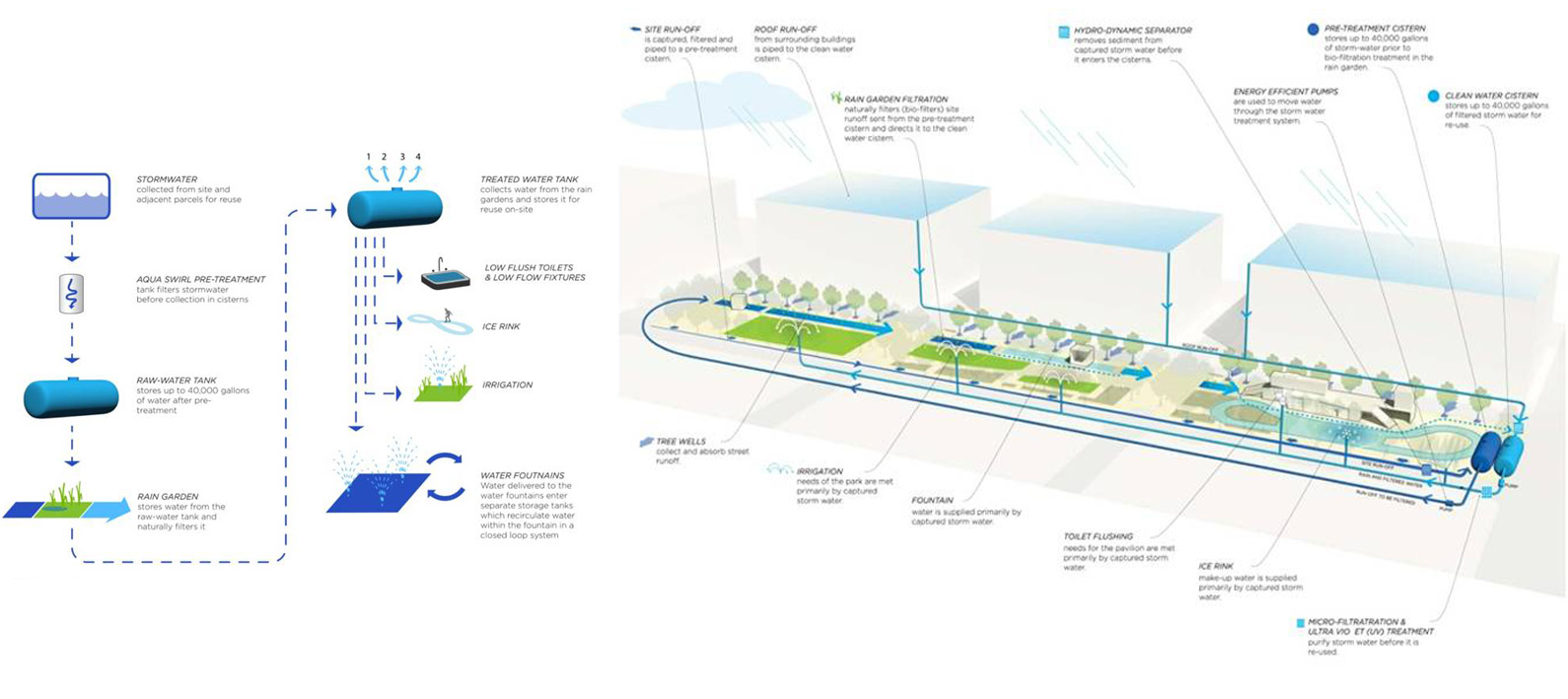
District scale intervention

ISSUES AFFECTED
SUITABLE FOR COMBINING WITH OTHER SOLUTIONS
MEASURE ELEMENTS
Indicator
Decrease in energy consumption through rainwater harvesting (∆CE)
Secondary indicator
Water self-sufficiency
Unit
I1: m2 of collector surfaces → ∆CE
I2: % reduction in invoiced water
Minimum goal
I1: >60% of m2 of collector roofs
I2: 5% Decrease in the volume of water invoiced
>35% AH for non-consumptive uses
Desirable goal
I1: >95% of m2 of collector roofs
I2: 15% Decrease in the volume of water invoiced
>50% AH for non-consumptive uses
Measure method / Formula
I1:∆CE: [ A x B]
A: m3 caught
B: Energy consumption in MWh per m3 treated at the WWTP
I2:AH (%): [A / B] x 100
A: Rainwater collection potential
B: total water consumption
PLANNING LEVEL
Urban planning
public space restoration plans (parking spaces, roads)
Mobility plans
AGENTS INVOLVED
Local government technicians
Provincial / General administration technicians
Natural spaces or water resources agents
Possible actions promoted by the administration
– Social and/or economic bonuses to favour their implementation.
– Incorporate into regulations, rules relating to saving and efficiency in the use of water.
– Converting public centers into places of “good practice”, as an example of efficient water use.
– Replace as many m3 of drinking water as possible with volumes of water reused with tertiary treatment.
– Create a database on the characteristics of users, their consumption and the facilities available.
– Minimize breakdowns, through good maintenance in drainage systems.
-In new developments or restoration in roads or public space, incorporate this prefabricated elements.
What should we consider for its implementation?
– The water regime of the area
– Surface water reservoirs depending on the design may not be very attractive in the urban landscape.
– Maintenance and cleaning tasks are required
